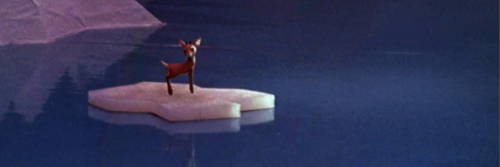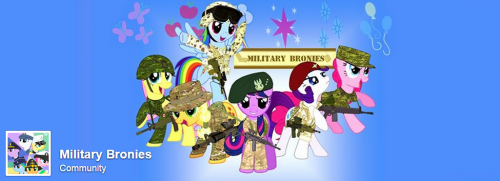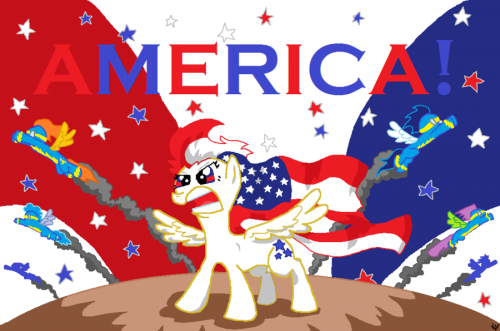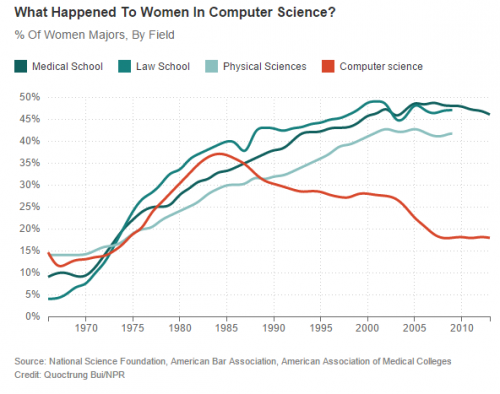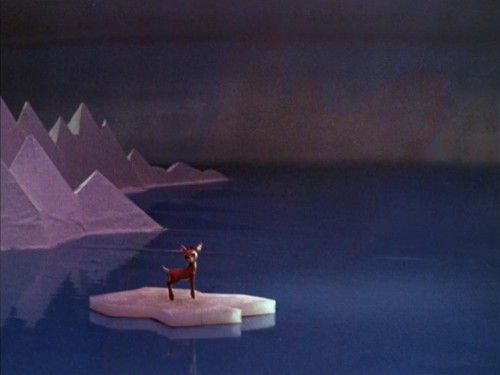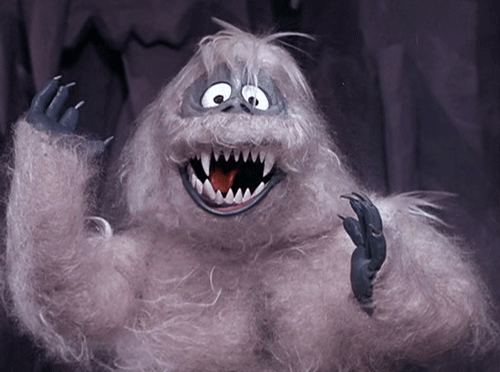
“Lumbersexual” recently entered our cultural lexicon. What it means exactly is still being negotiated. At a basic level, it’s an identity category that relies on a set of stereotypes about regionally specific and classed masculinities. Lumbersexuals are probably best recognized by a set of hirsute bodies and grooming habits. Their attire, bodies, and comportment are presumed to cite stereotypes of lumberjacks in the cultural imaginary. However, combined with the overall cultural portrayal of the lumbersexual, this stereotype set fundamentally creates an aesthetic with a particular subset of men that idealizes a cold weather, rugged, large, hard-bodied, bewhiskered configuration of masculinity.
Similar to hipster masculinity, “lumbersexual” is a classification largely reserved for young, straight, white, and arguably class-privileged men. While some position lumbersexuals as the antithesis of the metrosexual, others understand lumbersexuals as within a spectrum of identity options made available by metrosexuality. Urbandicionary.com defines the lumbersexual as “a sexy man who dresses in denim, leather, and flannel, and has a ruggedly sensual beard.”
One of the key signifiers of the “lumbersexual,” however, is that he is not, in fact, a lumberjack. Like the hipster, the lumbersexual is less of an identity men claim and more of one used to describe them (perhaps, against their wishes). It’s used to mock young, straight, white men for participating in a kind of identity work. Gearjunkie.com describes the identity this way:
Whether the roots of the lumbersexual are a cultural shift toward environmentalism, rebellion against the grind of 9-5 office jobs, or simply recognition that outdoor gear is just more comfortable, functional and durable, the lumbersexual is on the rise (here).
Many aspects of masculinity are “comfortable.” And, men don’t need outdoor gear and lumberjack attire to be comfortable. Lumbersexual has less to do with comfort and more to do with masculinity. It is a practice of masculinization. It’s part of a collection of practices associated with “hybrid masculinities”—categories and identity work practices made available to young, white, heterosexual men that allow them to collect masculine status they might otherwise see themselves (or be seen by others) as lacking. Hybridization offers young, straight, class-privileged white men an avenue to negotiate, compensate, and attempt to control meanings attached to their identities as men. Hybrid configurations of masculinity, like the lumbersexual, accomplish two things at once. They enable young, straight, class-privileged, white men to discursively distance themselves from what they might perceive as something akin to the stigma of privilege. They simultaneously offer a way out of the “emptiness” a great deal of scholarship has discussed as associated with racially, sexually, class-privileged identities (see here, here, and here).
The lumbersexual highlights a series of rival binaries associated with masculinities: rural vs. urban, rugged vs. refined, tidy vs. unkempt. But the lumbersexual is so compelling precisely because, rather than “choosing sides,” this identity attempts to delicately walk the line between these binaries. It’s “delicate” precisely because this is a heteromasculine configuration—falling too far toward one side or the other could call him into question. But, a lumbersexual isn’t a lumberjack just like a metrosexual isn’t gay. Their identity work attempts to establish a connection with identities to which they have no authentic claim by flirting with stereotypes surrounding sets of interests and aesthetics associated with various marginalized and subordinated groups of men. Yet, these collections are largely mythologies. The bristly woodsmen they are ostensibly parroting were, in fact, created for precisely this purpose. As Willa Brown writes,
The archetypal lumberjack—the Paul Bunyanesque hipster naturalist—was an invention of urban journalists and advertisers. He was created not as a portrait of real working-class life, but as a model for middle-class urban men to aspire to, a cure for chronic neurasthenics. He came to life not in the forests of Minnesota, but in the pages of magazines (here).
Perhaps less obviously, however, the lumbersexual is also coopting elements of sexual minority subcultures. If we look through queer lenses we might suggest that lumbersexuals are more similar to metrosexuals than they may acknowledge as many elements of “lumberjack” identities are already connected with configurations of lesbian and gay identities. For instance, lumbersexuals share a lot of common ground with “bear masculinity” (a subculture of gay men defined by larger bodies with lots of hair) and some rural configurations of lesbian identity. Arguably, whether someone is a “bear” or a “lumbersexual” may solely be a question of sexual identity. After all, bear culture emerged to celebrate a queer masculinity, creating symbolic distance from stereotypes of gay masculinities as feminine or effeminate. Lumbersexuals could be read as a similar move in response to metrosexuality.
Lumbersexual masculinity is certainly an illustration that certain groups of young, straight, class-privileged, white men are playing with gender. In the process, however, systems of power and inequality are probably better understood as obscured than challenged. Like the phrase “no homo,” hybrid configurations of masculinity afford young straight men new kinds of flexibility in identities and practice, but don’t challenge relations of power and inequality in any meaningful way.
Cross-posted at Feminist Reflections, Pacific Standard. and Inequality by (Interior) Design. Image borrowed from here.
D’Lane R. Compton, PhD is an associate professor of sociology at the University of New Orleans. Tristan Bridges is a sociologist at the College at Brockport (SUNY). You can follow them on twitter at @drcompton and @tristanbphd.
The authors would like to thank the Orange Couch of NOLA, Urban Outfitters, the rural (&) queer community, and Andrea Herrera for suggesting we tackle this piece. Additional thanks to C.J. Pascoe and Lisa Wade for advanced reading and comments.

